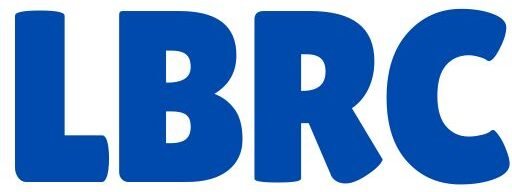In New Zealand, the year 2025 is fast approaching, and conversation on the expected minimum wage adjustment is surfacing. The government is implementing a small rise in the minimum wage in a balanced attempt to consider worker welfare against stability for the economy.
Current Minimum Wage Overview
As of April 1, 2024, the adult minimum wage in New Zealand is set at NZD 23.15 per hour. This figure was set after a 2 percent increase from the previous year as a way to help low-pay workers with the general economics in mind. Training and starting-out wages are 80 percent of the adult rate, equating to NZD 18.52.
Upcoming Increase in 2025
Effective April 1, 2025, a governmental increase for the adult minimum wage in the sum of 1.5 percent has been granted, bringing the wage from NZD 23.15 to NZD 23.50 per hour. This is one of the smallest percentage increases in many decades and represents a careful response to present economic conditions. As a result, training and starting-out wages will move to NZD 18.80 per hour.
Rationale Behind the Increment
Some of the reasons for setting the increase at the small level of 1.5 percent are as follows:
- Economic Stability: The government wants to help low-wage workers without creating too much burden on businesses in times of economic uncertainty.
- Inflation Factors: Raising the minimum wage in line with inflation helps protect workers’ purchasing power by ensuring that wage growth is matched with the costs of living.
- Workability for Business: To lessen the impact on workers and the ability for employers to cope with wage raises without resorting to layoffs or decreased hiring.
Comparison with the Living Wage
There is a significant difference between the statutory minimum wage and the Living Wage. The Living Wage is a voluntary standard defined to represent the income required for workers to meet the basic cost of living and to participate in equitable activities in society. As of September 1, 2024, the Living Wage rate is NZD 27.80 per hour, which is considerably more than the minimum wage. The rate is reviewed every 12 months and is based on the average ordinary time hourly wage, as published by Statistics NZ.
Implications for Workers and Employers
- For Workers: Even though the increase is small, it is still further income that may help struggling workers in offsetting ever-rising living costs. However, a significant gap between the minimum wage and the Living Wage still exists, showing continuous strife for those on low incomes.
- For Employers: Small businesses may find this minor increase less unmanageable than larger increases. Therefore, it limits any adverse effects on employment levels and the sustainability of the business.
Conclusion
The government’s current methodology on minimum wage adjustments leans towards a gradual increase while considering economic indexes in the light of worker and business welfare. Stakeholders should stay abreast of such changes and their resultant impacts.

